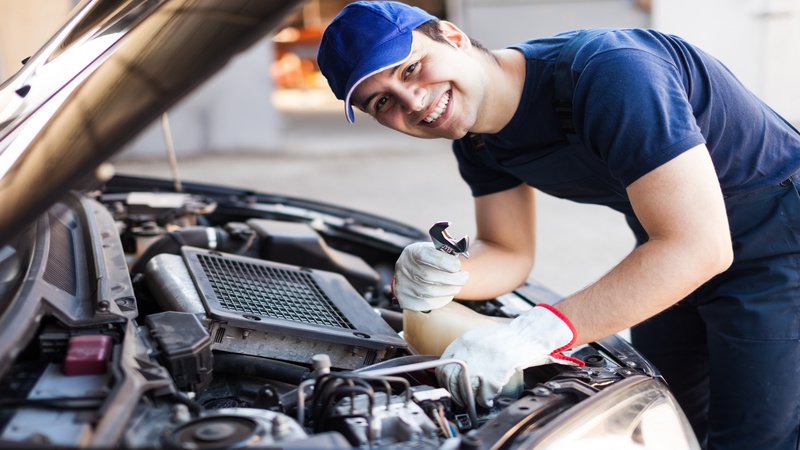Why Suspension Maintenance Matters in Arizona
Arizona roads are no joke. Between extreme summer heat, dry desert air, and unpredictable surface conditions, your vehicle’s suspension system faces challenges most states don’t deal with. These conditions wear down rubber bushings, dry out seals, and test your shocks and struts daily. Without regular suspension maintenance, you’re more likely to experience poor handling, uneven tire wear, and steering problems—all of which shorten your vehicle’s lifespan.
Signs of Suspension Wear You Shouldn’t Ignore
Noticing issues early is key to avoiding major suspension repairs. Watch for these signs:
- Uneven or rapid tire wear
- Bouncing or swaying after bumps
- “Nose-diving” when braking
- Pulling or drifting during turns
- Clunking or knocking sounds over uneven roads
If you notice these symptoms in Surprise or Goodyear, don’t wait—have your vehicle inspected before the issues become more serious (and expensive).
How Often Should You Check Your Suspension?
As a general rule, your suspension system should be inspected at least once a year. But if you regularly drive in Arizona conditions—uneven streets, construction zones, or areas with extreme heat—it’s smart to check more frequently. Many shops will inspect your suspension during tire rotations or oil changes, so ask if it’s part of your routine service.
What Suspension Maintenance Typically Includes
During a suspension check, technicians will:
- Examine shocks and struts for leaks or damage
- Inspect bushings and joints for cracking or wear
- Check springs for sagging or rust
- Assess tire condition and alignment
- Test ride height and road handling
Routine suspension maintenance keeps all of these parts working together so your vehicle performs safely and smoothly.
Tips to Reduce Suspension Wear on Arizona Roads
Prevention goes a long way. Here’s how to reduce wear and tear:
- Slow down for potholes and speed bumps—don’t hit them head-on
- Avoid overloading your vehicle, which strains springs and shocks
- Keep tires properly inflated and rotated to reduce suspension stress
- Wash your undercarriage to remove dust and debris buildup
- Schedule regular alignments to prevent steering and tire issues
Practicing these habits helps maintain balance and extend your vehicle’s suspension life—especially in Goodyear and Surprise where roads can be unpredictable.
How Suspension Affects Your Entire Vehicle
A healthy suspension system improves more than just ride quality. It also protects your:
- Tires from premature wear
- Steering system from excess strain
- Brake system by maintaining better control
- Frame and chassis from road impact damage
Keeping up with suspension maintenance preserves the function and safety of the entire car—not just the comfort level.
When to Repair vs. Replace Suspension Parts
Suspension parts don’t last forever. Shocks and struts usually need replacing every 50,000–100,000 miles, but Arizona’s heat and road conditions can shorten that lifespan. If you’re hearing unusual sounds or feel your car bouncing more than usual, it’s probably time for a replacement. A good mechanic can tell you which parts need attention and which still have life left in them.



